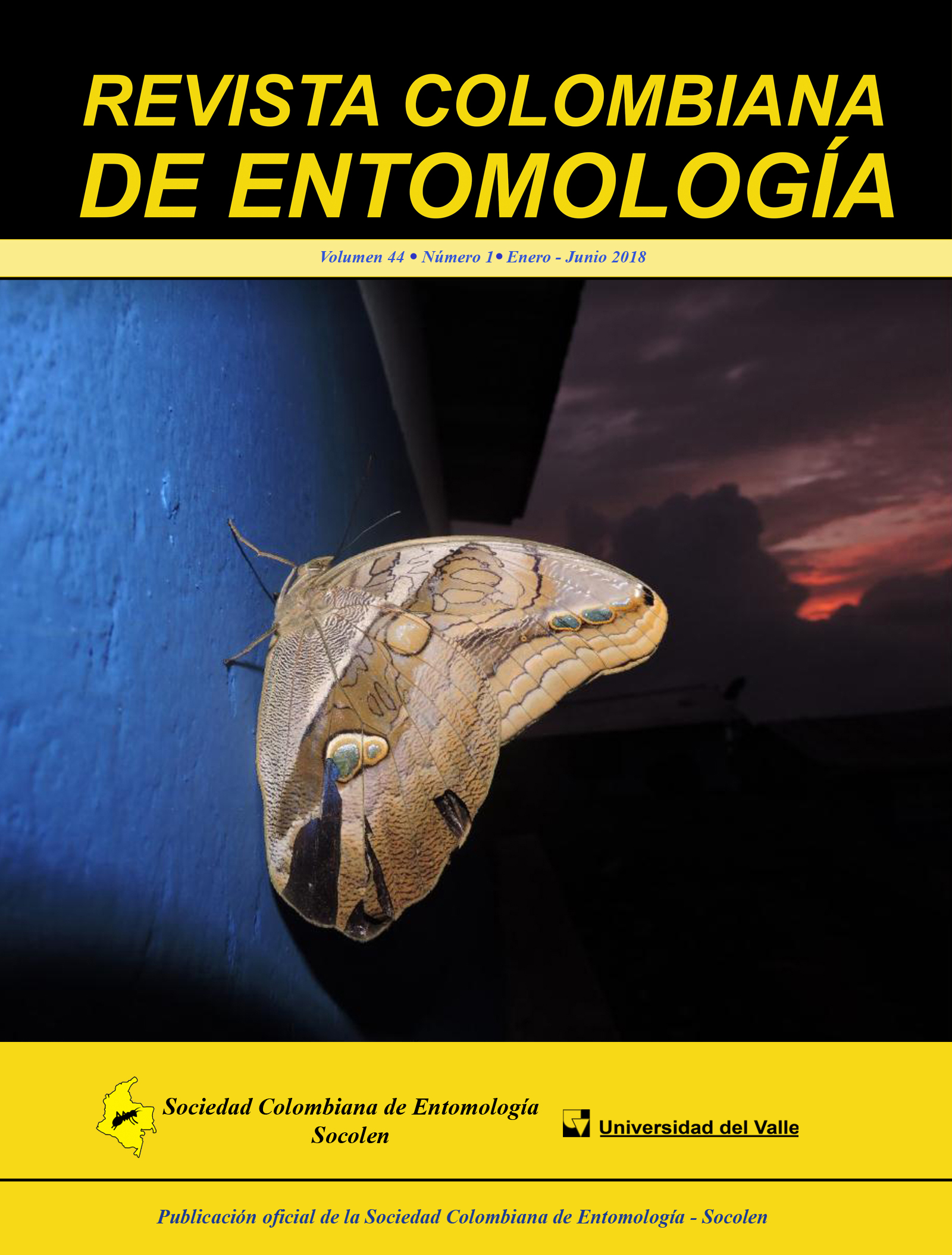Morphometric of immatures and life tables of Bactericera cockerelli (Hemiptera: Triozidae) from populations of Northeastern Mexico
Main Article Content
Several parameters have been previously reported for Bactericera cockerelli biology that are influenced by the management, host and environmental conditions in which it develops. Therefore, the present study aimed to determine the population parameters of B. cockerelli from three field populations of northeastern Mexico and one laboratory population. Samples were collected in production areas of San Luis Potosi, Aguascalientes and Coahuila-Nuevo Leon, which were subsequently taken to a greenhouse and laboratory for data reading. The results show that the population from San Luis Potosi was the one that registered the highest number of eggs, with an average of 178.5 eggs at the time of revision, with the longest time required to complete the immature stage being 31.75 days; therefore, the longest time necessary for population doubling was an average of 11.07 days. The Aguascalientes population had the highest survival values, with 13 % of individuals reaching adulthood, as well as the parameters Σmx: 405, Ro: 10.53, rm: 0.089 y λ: 1.093. Finally, concerning fertility and pre-oviposition period, no significant differences between populations were recorded. The above demonstrates that populations exposed to selection pressure by pesticides change their population parameters.
- Paratrioza
- life tables
- morphometry
- solanaceas
Downloads

This work is licensed under a Creative Commons Attribution-NonCommercial-ShareAlike 4.0 International License.
Authors retain the copyright on their work and are responsible for the ideas expressed in them. Once a manuscript is approved for publication, authors are asked for a publication license for the term of legal protection, for all territories that allows the use, dissemination and disclosure of the same.





